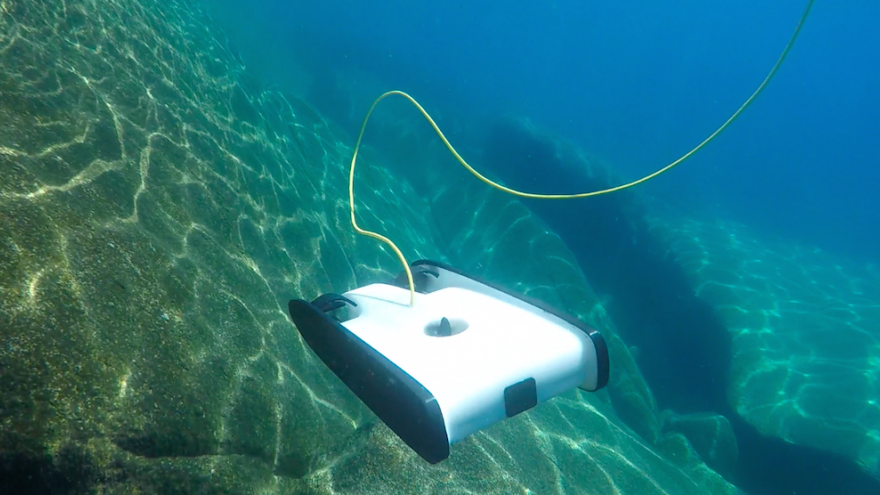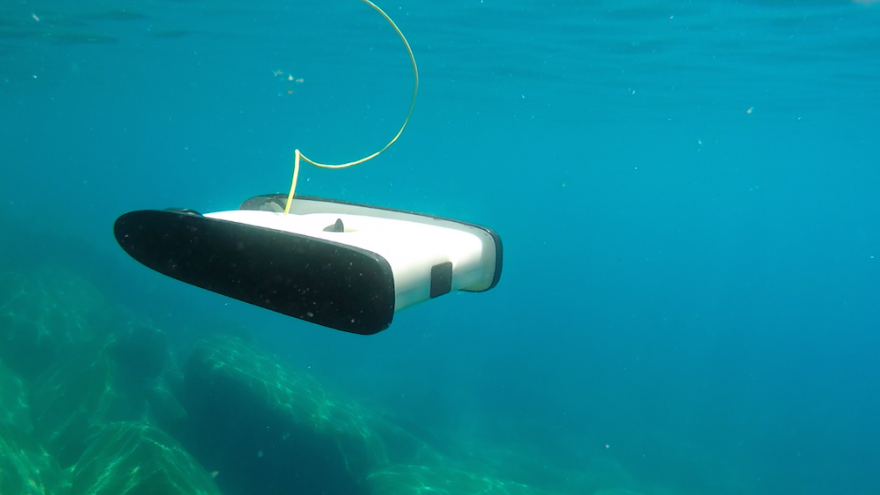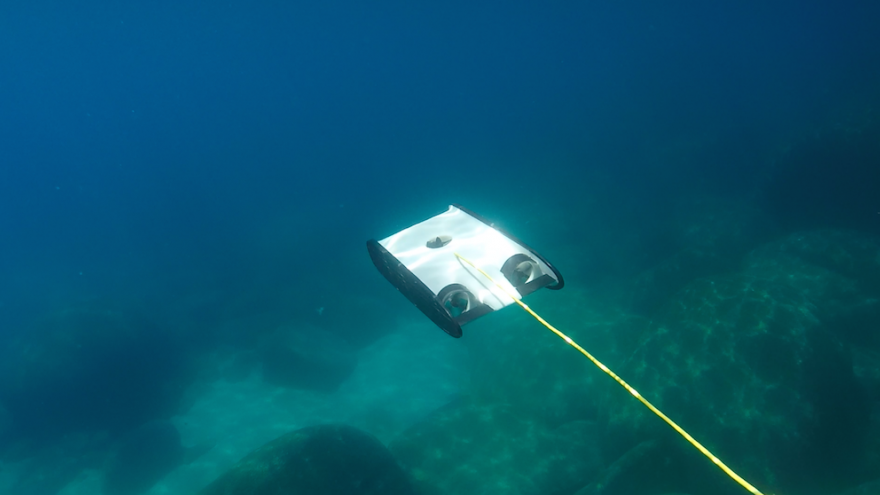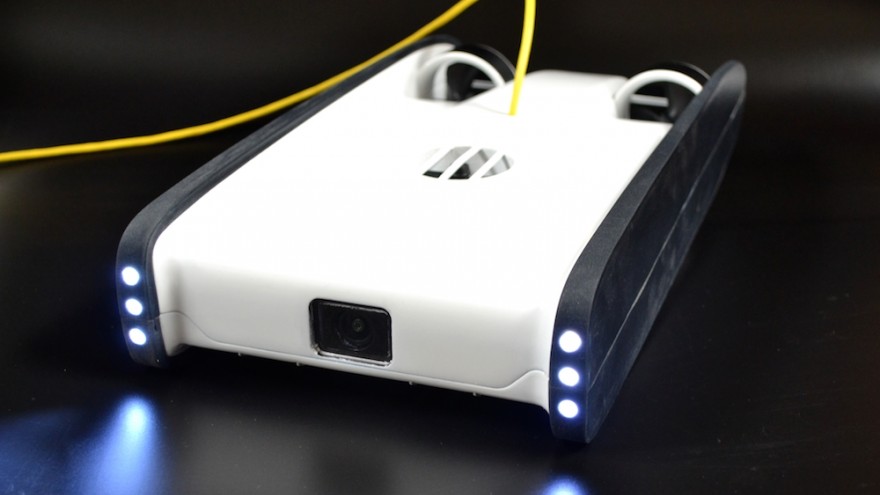Three years ago, two innovators, passionate about underwater exploration, started a garage project to create an affordable, open source, underwater robot to democratise ocean exploration. OpenROV co-founders Eric Stackpole and David Lang are just over a year away from seeing their dream come to fruition.
After the initial KickStarter campaign introduced the world to the underwater drone prototype, OpenROV open-sourced their design, leading to the development of a global community of researchers, scientists and explorers.
“We made our project open source in order to facilitate faster innovation cycles and allow others to improve on our initial designs. Thousands of people have gotten involved,” say the co-founders.
In the last few years, the project evolved to create Trident, an underwater drone that weighs less than 3kg and is small enough to fit in a backpack or underneath an airplane seat.
The nifty device can dive 100m depths and its hydrodynamic shape allows it to move both quickly and precisely. Trident sends live video back to the surface by way of a thin, neutrally buoyant tether, and is controlled by a laptop, smartphone or tablet at the surface.
It can be equipped with a range of software, making it ideal for applications like marine biology projects, dive site surveys, boat inspections, and underwater exploration.
“I like to picture a world where hundreds of thousands of people have access to these kinds of tools for exploration. What happens when you put this kind of ability to explore the world in the hands of everybody?” Stackpole said during a TEDx talk earlier this year.
The project is expected to reach completion in November 2016.









